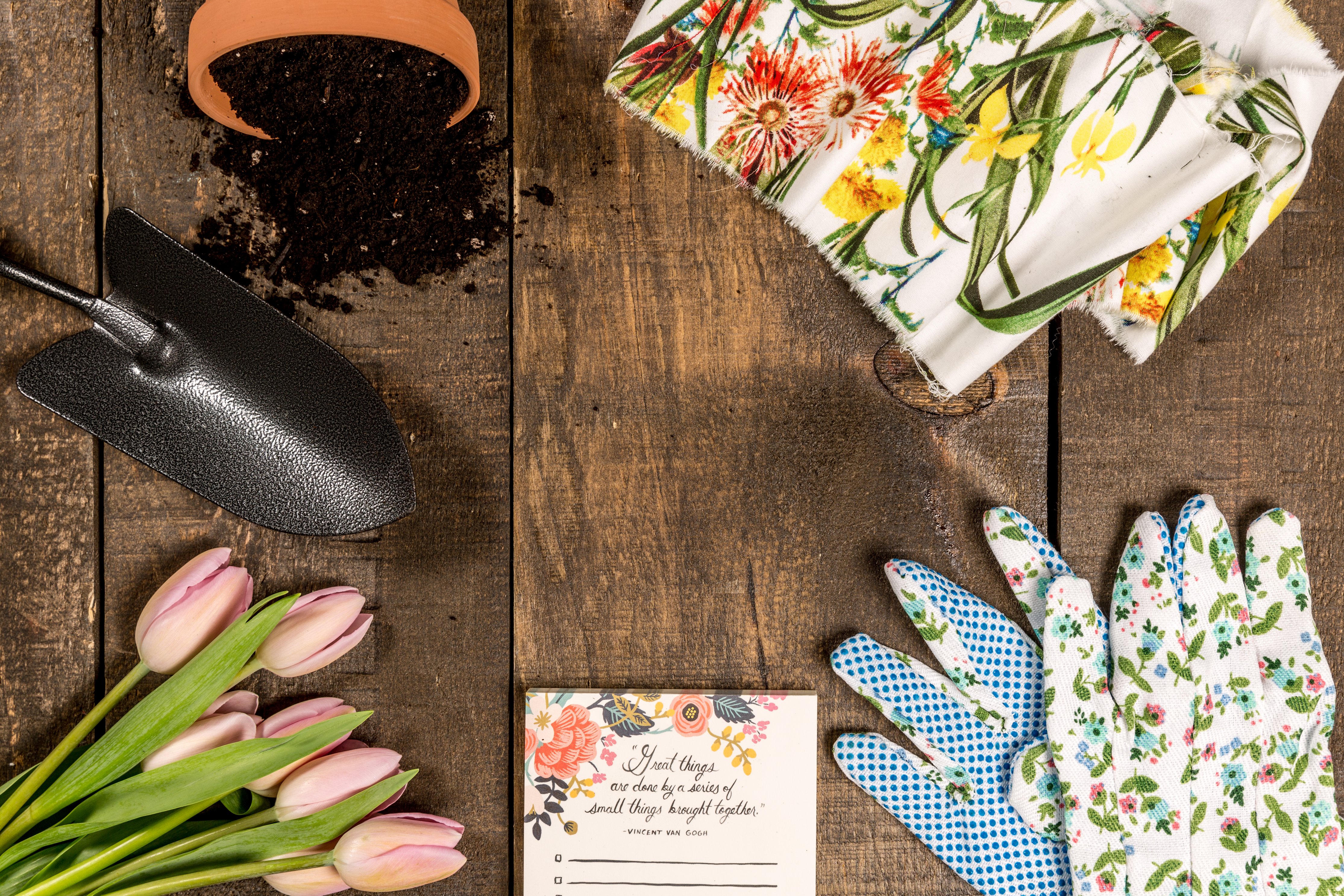|
Looking for a new hobby to get you out of the house and connected with nature? Believe it or not, gardening is much more than just a hobby that gets your hands dirty. The act of cultivating fresh vegetables and flowers by your own means has multiple health benefits. "Research has indicated that regular gardeners are less likely to suffer from heart attacks or come down with Alzheimer’s disease. Plus, spending time with your backyard crops is an excellent way to relieve stress". 8 Plants For First-Time Gardeners1. Pansies - Plant this flower in early spring when the temps are between 50 and 60 degrees. You can either transplant flowers from a gardening store or grow from seeds. Space apart 7-12 inches and make sure they receive direct sunlight. 2. Tomatoes - Many like to start this plant indoors. Prepare one cup for every two seeds (plastic or Styrofoam work well). Make small holes in the bottom for drainage and fill it with a good potting mix. Next, place the seeds 1/4 inch beneath the surface. Mist the dirt with water & maintain a 70-80-degree room temp, and within 10 days, the little plants will sprout. Once four leaves come up (apiece), move them into bigger containers. One week before the last frost date, transplant into the soil outdoors (in good sunlight) in a trench 6-8 inches deep and plant 12 to 48 inches apart. 3. Basil - Basil grown in the garden needs plenty of sunlight. Plant the seeds at least 12 inches apart 6 weeks before the last frost comes along. Whenever the soil feels dry, water lightly. 4. Mint - Many like to plant mint in clay pots due to it's tendency to 'overtake the garden'. Mint needs damp soil with good drainage and tends to do best when kept in an area with moderate shade. 5. Sunflowers - As the name implies, these flowers do require direct sunlight. Plant them out in the open, and be sure to keep them a fair distance away from any other plants you are growing. To plant, wait until the last frost date has passed and then plant your seeds in 1-inch holes. Space these at least 6 inches apart and be sure to water well after planting. 6. Radishes - To plant, line the seeds at least 1 inch apart, 1/2 inch deep in loose, moist, and well-lit dirt. Some radishes may be ready for harvest within just 22 days of planting, although other types may need up to 70. 7. Potatoes - Potatoes always do best in full sun and may be planted in earl spring as long as the soil temperature is at least 45 degrees. To grow potatoes, you re-plant a part of the actual potato (of the variety you wish to harvest). Purchase seed potatoes and set them indoors one week before planting in an area that will receive sunlight so they begin the sprouting process. Once this happens, cut the potatoes into 2 inch chucks and make sure each chunk has at least 1 or 2 'buds' on the outside. Next, form rows by digging a few trenches (3 feet apart) 6-8 inches deep. Place seed potato so the buds are upward facing and keep well-watered. 8. Marigolds - Wait to plant these seeds until the last frost has passed. Purchase these seeds in packets and they will direct you on the placement and spacing when you plant. Just make sure the soil is moist and well-drained. Want To Get Connected? Click here to check out the online gardening communities you can join! |
-1.png?width=300&name=1127895_OSW%20Tagline%20Logo_081021%20(1)-1.png)


